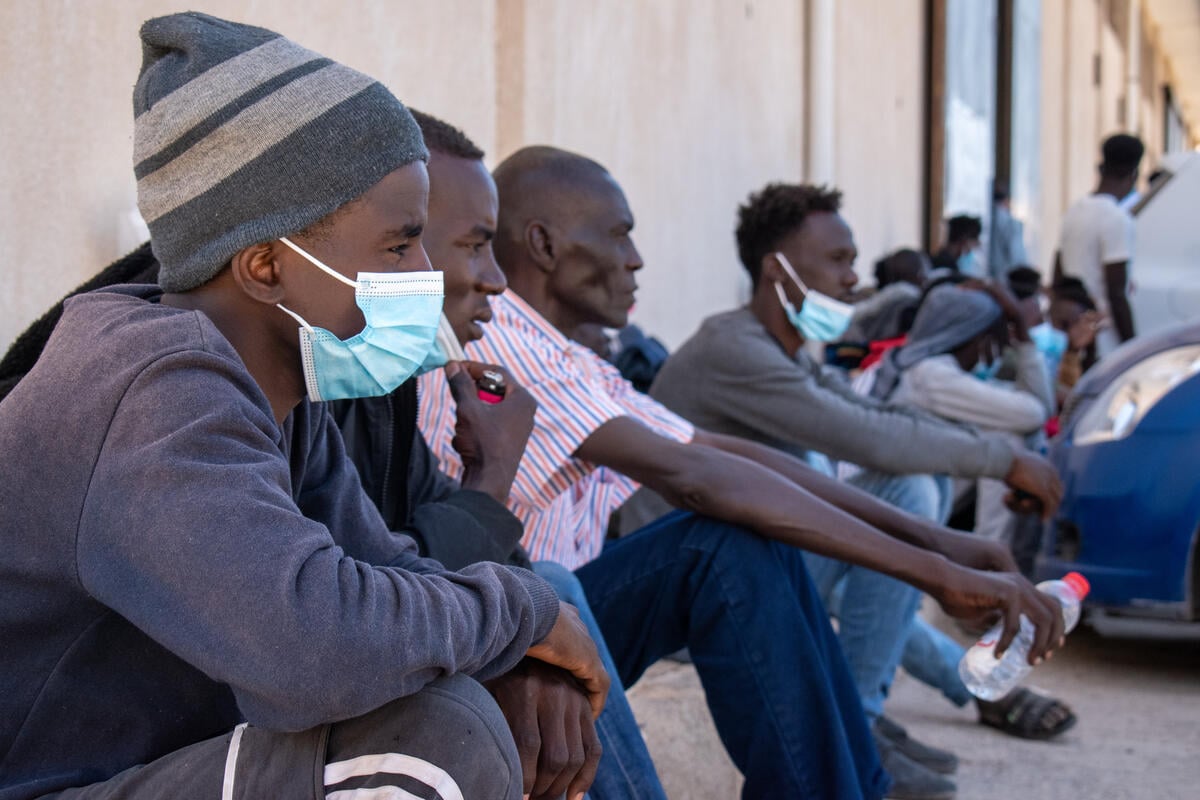Data visualization tracks myriad dangers faced by refugees and migrants on land routes across Africa
Data visualization tracks myriad dangers faced by refugees and migrants on land routes across Africa

Refugees and asylum-seekers released from Ain Zara detention centre in Libya's capital Tripoli wait outside a UN facility to receive cash and food assistance in May 2022.
Every year, hundreds of thousands of refugees and migrants risk their lives on routes that extend from the East and Horn of Africa and West Africa, towards North Africa, the Mediterranean Sea and Europe.
Much attention is focused on the dangers they face attempting the perilous Mediterranean Sea crossing. But before they reach the shore, many endure extreme and repeated violence and abuse at the hands of criminal gangs, armed groups, smugglers and even, in some instances, border guards and military officials.
Multiplying and worsening conflicts in Sudan, the Central Sahel region and elsewhere mean that more people are risking these dangerous journeys. Many are refugees fleeing violence and persecution. Others are fleeing the devastating effects of climate change or searching for work or study opportunities unavailable at home. Whatever compels them to move, the routes they travel and the risks they encounter are the same.
A new data visualization ("Death in the Desert") published todayLink is external draws on interviews with more than 31,000 refugees and migrants to map those routes and the most common dangers refugees and migrants face on them. These include violence, kidnapping for ransom, extortion, rape, robbery, trafficking, organ removal, detention and expulsion.
The testimonies are drawn from a new report released today by UNHCR, the UN Refugee Agency, the Mixed Migration Centre (MMC) and the International Organization for Migration (IOM).
Many interviewees described crossing the Sahara Desert as one of the most dangerous parts of their journey, both due to the harsh environment, but also violence at the hands of criminal gangs, smugglers, traffickers and the military. Conflict zones and border towns between Eritrea, Ethiopia and Sudan were also flagged as particularly risky.
As highlighted in the data visualization, essential humanitarian assistance and protection services are currently almost non-existent, even in many locations reported to be dangerous. UNHCR, IOM and the MMC are calling for a new joint response that would involve coordinated action by States, UN organizations and other partners along key routes used by both refugees and migrants.








